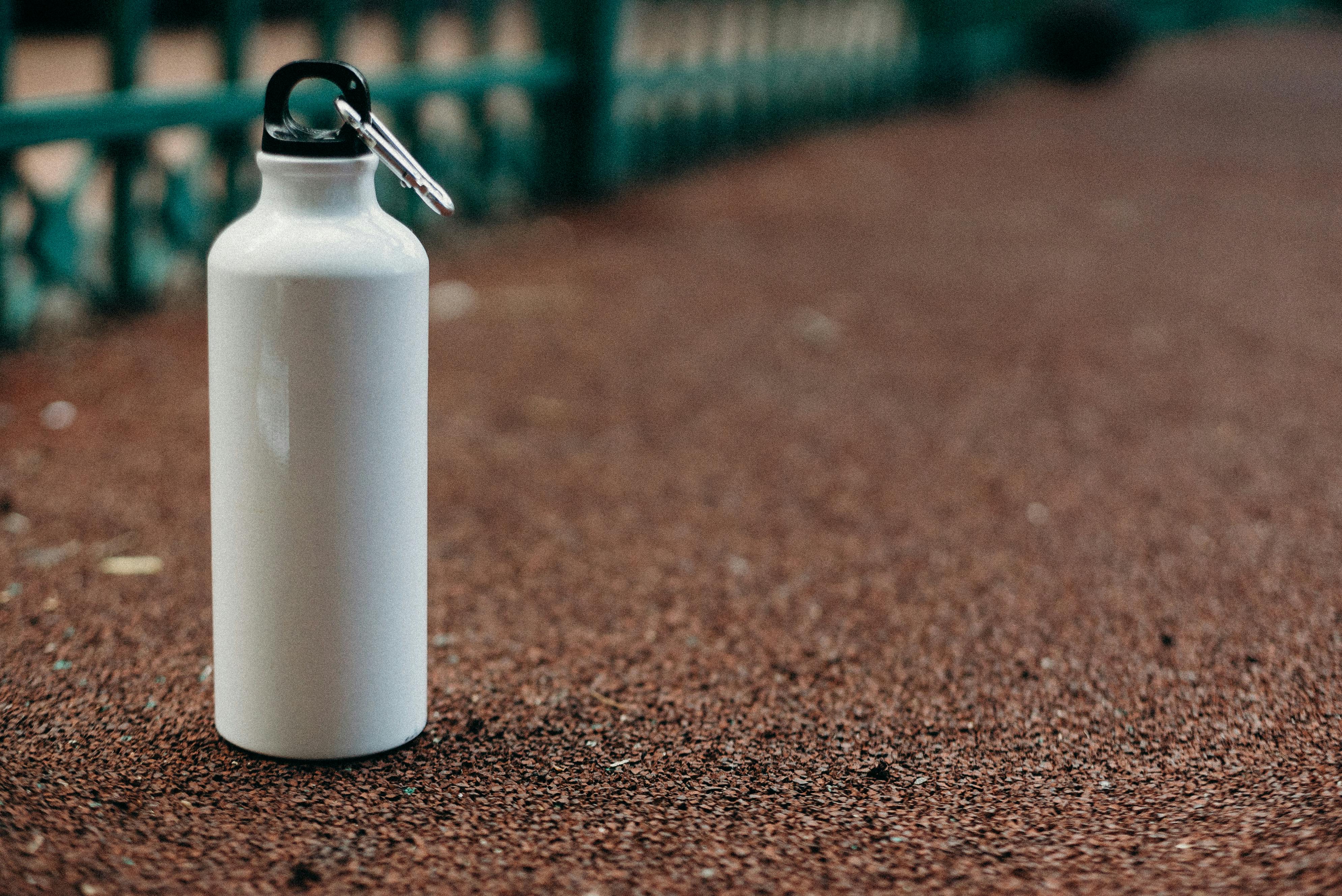African travel tips when visiting Zambia

In Zambia, a third of the country dedicated to conservation, Zambia offers the visitor some of the best wilderness and wildlife areas in Africa. A wide range of action adventures, from the legendary walking safari to rafting on the mighty Zambezi, allows you to enjoy nature at its most wild and exhilarating.
Zambia, a paradise for anglers and bird watchers, has recorded over 740 species of birds in areas of great scenic beauty and has some of the best freshwater fishing options available, including excellent tiger fishing. However, best of all, Zambia is one of the most stable countries in Africa, with 73 tribes living in harmony.
The people are very friendly and display a rich cultural heritage during their vivid traditional ceremonies, which are open to Westerners to witness their ancient and timeless mystique.
CAPITAL:
Lusaka
WEATHER:
There are three different seasons: from August to October it is warm to hot and dry, which offers the best time to see animals, since water is scarce; Nov-Mar is hot with downpours, but an excellent birding season as migrants arrive from the north; and from April to July, when the days are dry and warm and the afternoons and early morning hours are cold, it is also good to see wild animals.
BADGE:
1 Kwacha = 100 Ngwee. The currencies are in authorized banks and exchange offices. American Express is widely used, with more limited use of Access / MasterCard, Diners Club, and Visa. Traveler’s checks in US dollars are recommended.
ELECTRICITY:
220 volts, 50 Hz. Plugs are 3-pin square.
HEALTH:
Pre-arrival precautions are advised against hepatitis A, polio, typhoid fever, malaria (year-round risk throughout the country) and yellow fever. Other health problems include dysentery, diarrheal diseases, cholera (avoid street vendors; filter and boil water), influenza (risk extends throughout the year), limited medical facilities, and AIDS. The weather aggravates chronic sinusitis. Dust in the dry season, molds in the rainy season, and pollen most of the year can affect allergies.
IDIOM:
English is the official language and all media and business are conducted in it. There are more than 73 tribal dialects of which the main languages are Bemba, Nyanja, Tonga, Luvale, Lozi, Mambwe and Tumbuka.
PUBLIC HOLIDAYS:
New Year’s Day (January 1); Youth Day (March 12); Good Friday (April 9); Easter Monday (April 12); Labor Day (May 1); Africa Day (May 25); Heroes’ Day (July 5); Unity Day (July 6); Farmer’s Day (August 2); Defense Day (August 12); Independence Day (October 24); All Saints (November 1); Christmas Day (December 25)
PURCHASES:
ebony carvings; woven sneakers; copper, brass and malachite works of art; printed cloth; drum masks; thumb pianos; xylophones; conical fish traps; clay pots. Souvenirs can be exported without restrictions, but hunting trophies, for example teeth, bones, skin, feathers, etc. they are subject to export permits.
SOCIAL CONVENTIONS:
Most follow traditional animistic beliefs and this is reflected in their social culture and customs. The handshake is the common way of greeting.
TIME DIFFERENCE:
GMT + 2
TIPS:
Tipping at hotels has been abolished by law, but a 10 percent tip can be expected or included on other bills.
DESCRIPTION OF THE MAIN TEN ATTRACTIONS:
South Luangwa:
Zambia’s main game park stands out for its dense concentrations of game, with more than 50 species of mammals and 400 of birds; the Luangwa River has more hippos and crocodiles than any other river in Africa.
Liuwa Plains:
Scene of dramatic blue wildebeest migrations with predatory lions, leopards, cheetahs and the endangered wild dog.
Kafue:
One of the largest parks in Africa, with huge herds of antelope and magnificent lion sightings in the North Busanga plains; High concentrations of waterfowl occur in the plains.
Bangweulu Swamps:
The floodplains are famous for high concentrations of waterfowl, millions of which feed on nutrient-rich shoals; it also attracts thousands of endemic aquatic black lechwe antelopes.
Lochinvar National Park:
Considered as the world record holder for the greatest diversity of bird species (428 in only 410 square kilometers); More than 30,000 Kafue lechwe antelopes, found nowhere else in the world, roam here.
Lusaka:
In the capital, don’t miss the colorful markets, Munda Wanga Zoo and Botanical Garden, Kalimba Reptile Park, Kabwata Cultural Village, Lusaka Museum, Zintu Community Arts and Crafts Museum, and the copper art center.
Livingstone:
In town, see Mosi-oa-Tunya Zoo, Livingstone Museum, Railway Museum, Maramba Cultural Village, Mukuni Tribal Village, traditional ceremonies and markets. Canoe or boat across the top of the Zambezi, go whitewater rafting, bungi jump on the Vic Falls Bridge, micro-light the falls and Batoka Gorge, or hike to horseback riding, hiking or bird watching trails.
Lake Kariba:
It offers top-notch fishing, water sports, boat trips, and lake camping.
Lake Tanganyika:
The longest and deepest lake in Africa offers excellent diving and hiking to the top of Kalambo Falls, the second highest in Africa at 220 m; Other water sports, fishing, and animal watching can be enjoyed at Sumbu Park on the shore.
Lower Zambezi:
Excellent observation of animals by boat or canoe; home to one of the largest herds of elephants in the world; Also see buffalo and hippos from close range and birds galore.